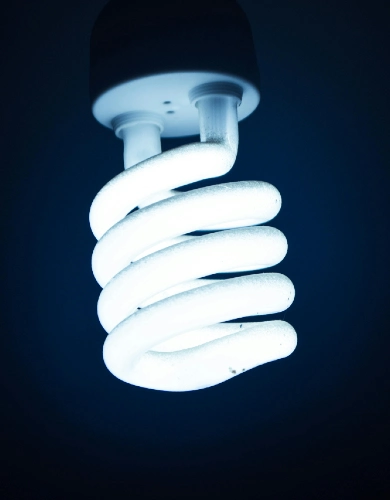What is Fuel Mix Disclosure?
Have you ever wondered how your energy supplier generates the electricity it provides to your home? In 2005 the government introduced new legislation that requires your energy supplier to tell you about the origin of your electricity.
There are many different ways to generate electricity, each with distinct environmental consequences.
The fuel mix disclosure is a great way to understand your electricity supply’s greenhouse gas emissions and other ecological effects.
What is Fuel Mix Disclosure?
The fuel mix disclosure shows the different fuels used to generate the electricity provided by an energy supplier.
The fuel mix disclosure shows:
- The percentages of different sources of fuel used
- The average greenhouse gas emissions per kWh of electricity supplied
- The average nuclear waste produced per kWh of electricity provided
The latest national average of all the electricity supplied in the UK is as follows:
Coal – 2.7%
Natural gas – 38.2%
Nuclear – 16.1%
Renewable – 40.3%
Other – 2.7%
Carbon dioxide equivalent per kWh: 194 grams
Radioactive waste per kWh: 0.001 grams
Suppliers must disclose the fuel mix on their website and their energy bills.
The environmental impacts of the fuel mix
The fuel mix disclosure allows you to compare the green credentials of different energy suppliers. Each source of fuel for electricity, unfortunately, requires some environmental trade-offs. Here’s a brief summary of each:
Coal – A highly polluting, non-renewable fossil fuel with a large carbon footprint. Most Western countries have moved away from burning coal to generate electricity.
Natural gas – Another fossil fuel that directly produces carbon dioxide. Natural Gas is estimated to produce 50% less greenhouse gas emissions than coal.
Nuclear Power – A non-renewable but green energy source. Nuclear Power doesn’t directly produce greenhouse gases but relies on radioactive materials that are running out. Nuclear power produces highly radioactive waste that needs storage for thousands of years.
Wind Power – A renewable, green source of energy. Wind farms are at the forefront of the UK’s net-zero strategy, but they attract complaints from nearby residents about being loud and unsightly.
Solar Power – A renewable, green source of energy. Solar panels extract energy from the sun but require a range of toxic and harmful chemicals to manufacture.
Hydroelectricity – A renewable, green source of energy. Hydroelectric power stations use a dam to extract energy from moving water. Artificial hydroelectric dams are criticised since they require large areas of existing land to be replaced by a reservoir.
Other renewables – Other renewables are in earlier stages of development but don’t yet contribute massive amounts to the UK’s fuel mix. Find out more about the environmental consequences of these: Tidal, Wave, Biomass, and Geothermal.
What is a residual energy mix?
Sometimes energy suppliers don’t know how the electricity they’ve bought has been generated.
The National Grid is connected to the European continent through undersea cables known as interconnectors. Using an interconnector, a business energy supplier can purchase imported electricity.
An electricity purchase usually comes with a certificate of origin, allowing the business energy supplier to calculate the fuel mix. The residual energy mix just refers to the electricity of an unknown source.
Compare the fuel mix of energy suppliers
Comparing energy suppliers can be complicated.
Suppliers offer a variety of energy tariffs with different pricing characteristics. Most suppliers now offer green tariffs that will commit to not using fossil fuels in electricity generation.
The fuel mix disclosure is a great tool for comparing the green credentials of different suppliers.
Fuel Mix of UK Domestic Electricity Suppliers
The website electricity info does a fantastic job pulling together the fuel mix disclosures of all the different consumer energy suppliers.
Here’s the complete database of fuel mix disclosures.
Comparing business energy
The cost of generated electricity has skyrocketed due to rises in the price of natural gas.
Domestic electricity consumers are currently protected by the price cap, keeping energy costs manageable.
Unfortunately, there is no equivalent business energy price cap, so shopping for the best deal is essential. Compare business energy rates today.

